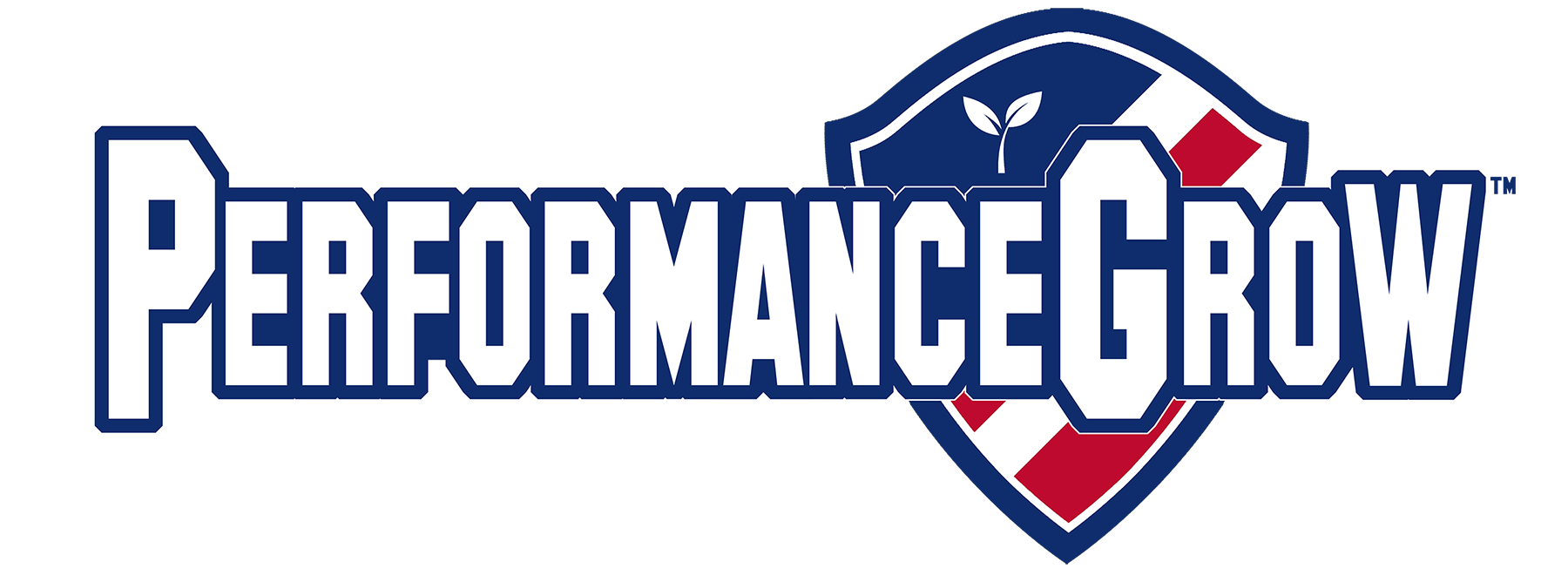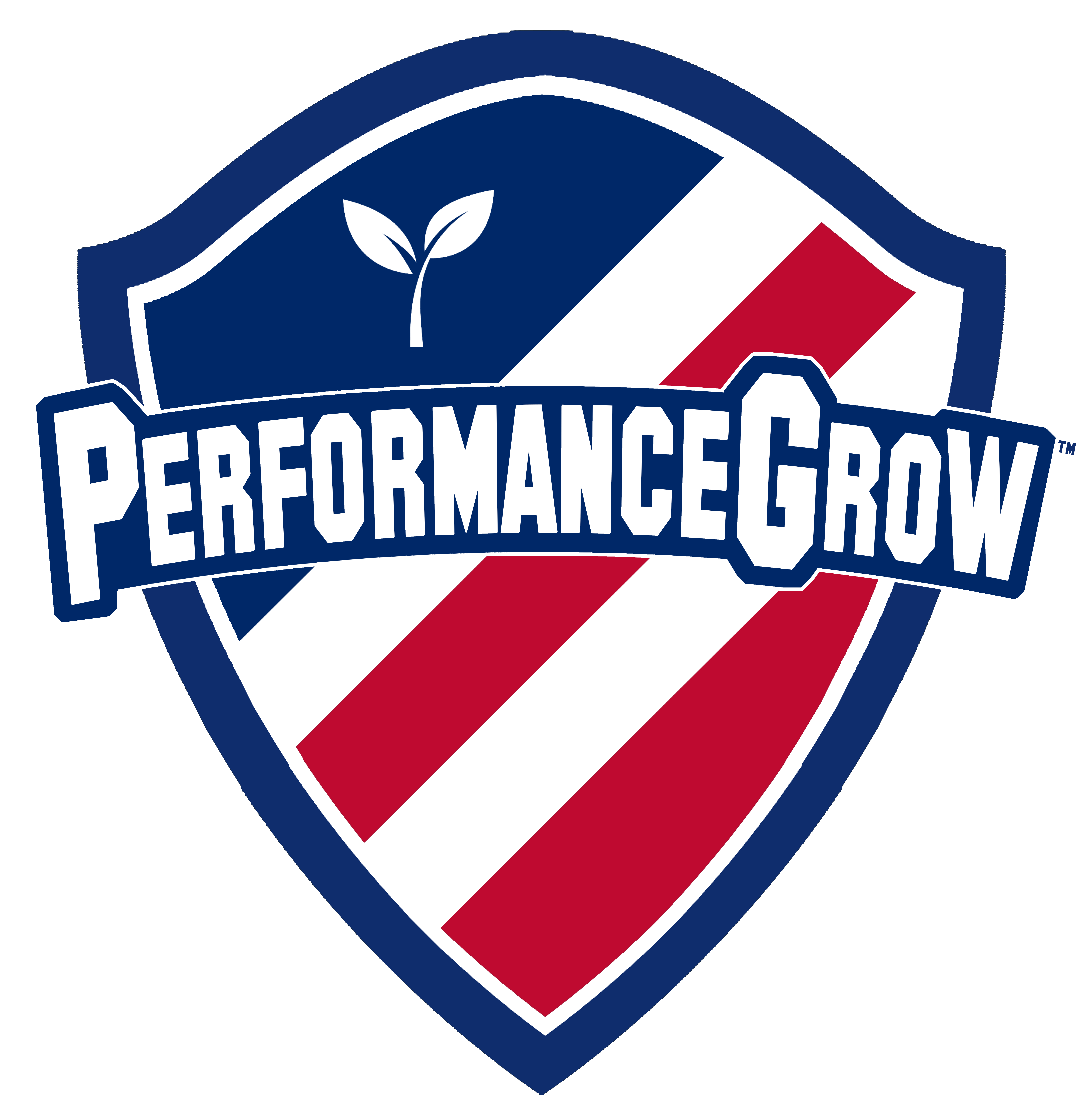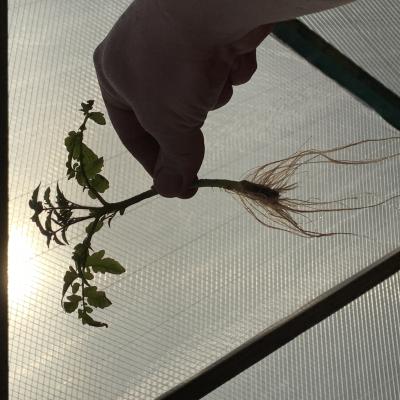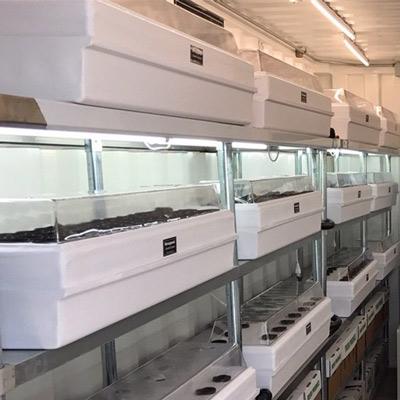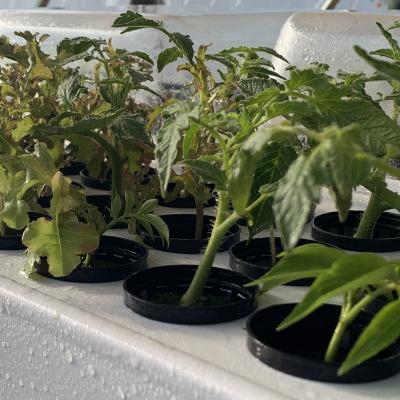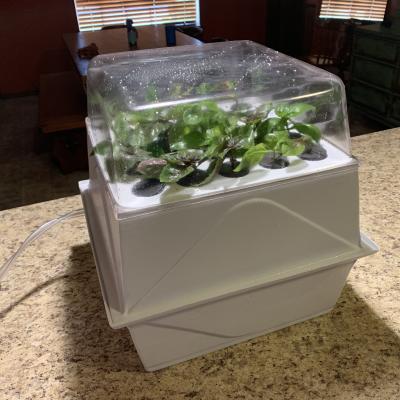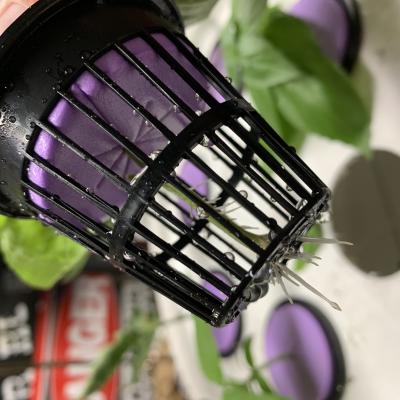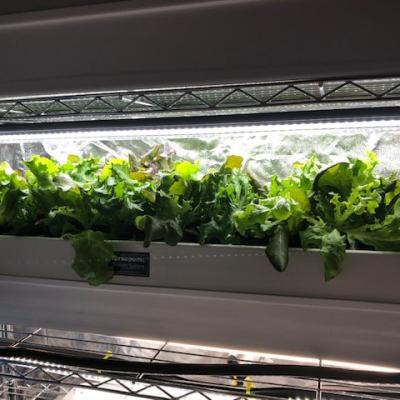Starting Seeds in a Hydroponic System
Embarking on the journey of hydroponic gardening often begins with the delicate process of starting seeds. Unlike traditional soil methods, germinating seeds in a hydroponic system demands careful attention to nutrient solutions, lighting, and environmental factors. This guide will walk you through the essential steps, offering insights into optimizing conditions for successful seed germination.
Hydroponic Seedlings
Selecting the Right Seeds: The first step in starting seeds hydroponically is choosing the right seeds for your desired plants. Whether it's herbs, vegetables, or flowers, opt for high-quality seeds from reputable sources. Consider factors such as germination rates, growth characteristics, and compatibility with hydroponic systems.
Germination Medium and Nutrient Solution: Hydroponic seed starting requires a suitable germination medium and a nutrient-rich solution. Explore options like rockwool cubes, oasis cubes, or specially formulated seed-starting plugs. Ensure the nutrient solution is adequately balanced with essential elements like nitrogen, phosphorus, and potassium to support early seedling growth.
Optimizing Light and Temperature: Lighting plays a pivotal role in seed germination. Provide consistent and adequate light to encourage strong and healthy seedlings. LED or fluorescent lights with the right spectrum are ideal for this stage. Additionally, maintain optimal temperature levels, typically between 70-75°F (21-24°C), to create an environment conducive to germination.
Transplanting Seedlings: As your seedlings sprout and develop, it's crucial to transplant them into the main hydroponic system carefully. Ensure the system's nutrient solution is well-balanced, promoting seamless transition and continued healthy growth. Pay attention to spacing and avoid overcrowding to allow each plant ample space to thrive.
Monitoring and Adjusting: Regular monitoring is key to successful seed starting in hydroponics. Keep a close eye on moisture levels, nutrient concentrations, and overall plant health. Adjust nutrient levels if needed and make necessary environmental modifications based on the specific requirements of your chosen plants. This hands-on approach ensures optimal conditions for robust seedling development.
